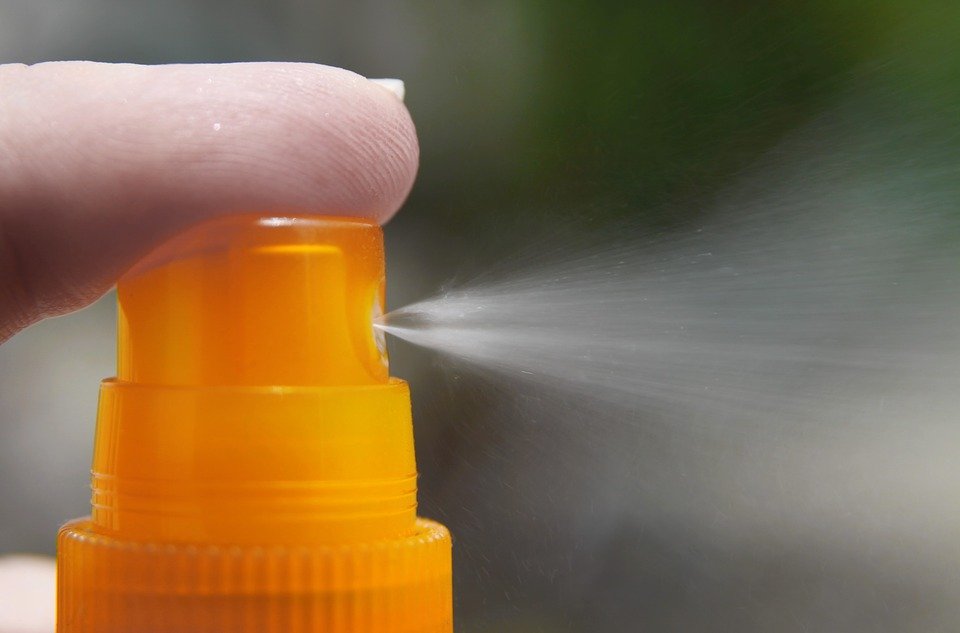
Work-related skin diseases include any skin disorder caused or worsened by work.
They affect employees in a range of professions. High risk occupations include:
- Catering
- Hairdressing/beauty
- Health services
- Dentistry
- Printing
- Metal machining
- Motor vehicle repair
- Construction
- Floristry
Work-related skin diseases can be caused or worsened by chemical exposure or prolonged, frequent contact with water (particularly with the addition of soap or detergents) and even sun exposure. Some products harm the skin and others are absorbed into the body through the skin.
Download SHP’s Skin at Work Factsheet here
Common complaints include:
- Contact dermatitis (also known as eczema)
- Contact urticaria
- Folliculitis
- Acne
- Infective and mechanical skin disease
- Skin cancer
Legislation
The Control of Substances Hazardous to Health Regulations 2002 require employers to:
- Assess the risk of exposure to materials (those that can cause skin problems or enter the body through the skin causing problems elsewhere);
- Provide control measures to reduce the risk (ensure usage and maintenance as required);
- Provide information, instruction and training to staff so they know what symptoms to look out for and what control measures are to be implemented; and
- Provide health surveillance (where necessary).
Prevention
These problems are common yet preventable through the ‘APC’ approach:
- Avoid direct skin contact by substitution of the substance or introduction of tools or equipment to keep a safe working distance.
- Protect PPE such as gloves, mild skin cleaning cream, pre-work creams, moisturisers and adequate welfare facilities.
- Check for signs of itchy, dry or red skin (health surveillance) to ensure controls are adequate. Train staff in symptom identification and control measures.
Skin care for construction workers
Paul Jakeway, Marketing Director at Deb, explains how a dedicated skin care programme for the construction sector can help health and safety practitioners to combat the threat of occupational skin disease.
Contact with hazardous substances, the risks from moving objects, work at heights, increased levels of noise – construction is a high-risk profession. For this reason, the strictest rules and regulations are in place when it comes to protective clothing, and hearing protection.
One aspect of health and safety that is not always talked about as frequently as others, however, is the skin health of construction workers – with serious consequences for employees and employers alike.
The very nature of the profession places the skin of construction workers under considerable strain. There can be frequent contact with materials and substances such as paints, building material, sealants, lubricants, adhesives and oil, and it is not always possible for workers to avoid direct exposure to potentially irritating and harmful contaminants and environmental conditions.
The consequences can range from mild, short-term skin irritations to serious conditions such as occupational dermatitis, friction callosity (the skin’s reaction to friction and pressure), or infectious skin diseases (compromised skin is much more likely to absorb the pathogens that cause bacterial, viral or fungal infections).
Occupational skin disease is the umbrella term for these and other skin conditions – caused by the workplace exposure to physical, biological, or chemical agents, or by mechanical force.
Research leaves no doubt about the seriousness of the problem: according to the European Agency for Safety and Health, employees in Europe lose around 3 million working days every year due to occupational skin disease, costing the EU an estimated €600m[1].
The construction sector can be particularly prone to this risk – for all the reasons outlined above.
What can health and safety practitioners do to combat this threat?
The Health and Safety Executive (HSE) strongly advises employers in the construction sector to have policies in place that relate not only to safety, but to occupational health strategy and provision.
For employees who may be exposed to agents known to cause skin damage, the HSE says, there should be arrangements to identify the causes, and employers should provide their employees with information about the precautions they can take, as well as characteristic signs and symptoms[2].
Education is absolutely crucial to combat occupational skin disease: employers need to make a real effort to inform their employees about the seriousness of the problem – and about the steps they can take do to avoid being affected.
In a sector that continues to be largely male-dominated, this can be a challenge: men tend to be less mindful when it comes to caring for their skin, and the misguided conception that such care is somehow “unmanly” continues to have a hold. Appeals or mere guidance can often fall on deaf ears.
That is why the implementation of a dedicated skin care programme is widely seen as the most successful way to create change. Companies will have different requirements for the specific design of such a programme, and help is widely available from skin care experts to find the right solution for each case.
A 3-step approach to skin care
An effective 3-step approach to skin care in the workplace identifies three crucial moments for treatment: applying protective cream before work; using appropriate hand cleansers after potential contamination; and applying restorative cream at the end of the day.
Protective creams are specially formulated to leave a protective layer on the surface of the skin. They can reduce direct contact with specific types of physical contaminants, help retain natural lipids and moisture in the skin, improve comfort and skin strength when wearing gloves, and make the skin quicker and easier to clean.
Restorative products are as important. Applied at the end of the day, they moisturise, nourish and condition the skin, improving its strength and preventing it from becoming dry or damaged.
For a skin care programme to be effective, it is important that protective and restorative creams, as well as the appropriate cleansers, are easily available to employees. The best education about occupational skin disease is futile if construction workers do not have the opportunity to act on it.
To complete their skin care programme, health and safety practitioners should also take into account UV radiation. Prolonged unprotected exposure to the sun does not only cause skin damage; ultimately, we know it can increase the risk of skin cancer.
Once again, the situation is particularly acute in the construction sector, where workers can spend up to seven hours a day outside. Yet, research from the IOSH No Time To Lose Solar Campaign shows that only 59% of construction workers regularly apply sun cream[3].
If UV protection is integrated into staff education on skin care – ideally combined with sun cream that is widely available to workers – employers can take a huge step towards protecting their employees from this threat.
Turning skin care best practice into an ongoing conversation
In a final step, health and safety practitioners should make sure that their effort to combat the threat of occupational skin disease turns into an ongoing conversation with their employees – not just a one-off event that is quickly forgotten about. To help them with this, practical education and support tools are widely available from organisations specialising in skin care at the workplace.
Neglecting the skin health of employees can have serious consequences for a business. Employers might not only have to pay the salary of an employee who is absent due to occupational skin disease; they might also have to cover the overtime incurred by those stepping in, as well as any overall losses. If an affected employee leaves the company, there might be considerable costs for recruitment, training and support. And if news of incidents spread, bad publicity is inevitable.
The implementation of a dedicated skin care programme can help construction businesses to catalyse sustainable behaviour change amongst their staff – with real benefits for employees and employers alike.
[1] European Agency for Safety and Health at Work – https://osha.europa.eu/en/tools-and-publications/publications/factsheets/40
[2] HSE ‘Occupational health standards in the construction industry’ – http://www.hse.gov.uk/research/rrpdf/rr584.pdf
[3] IOSH No Time To Lose Solar Campaign


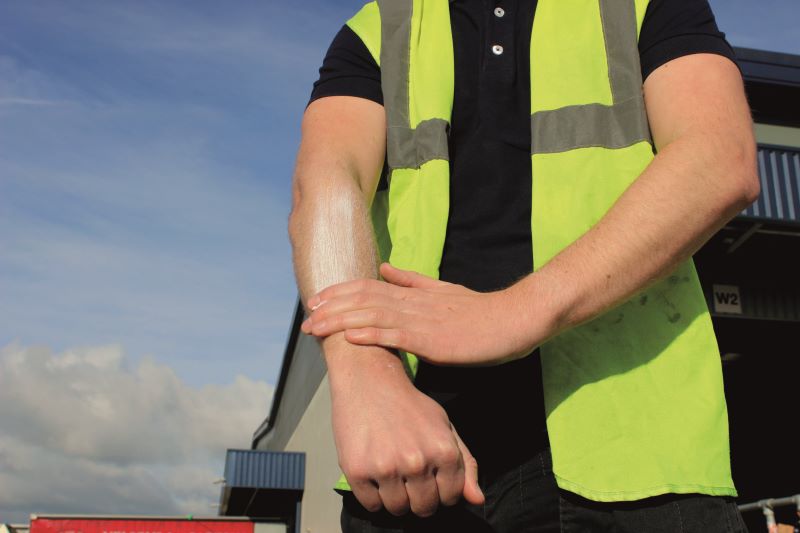
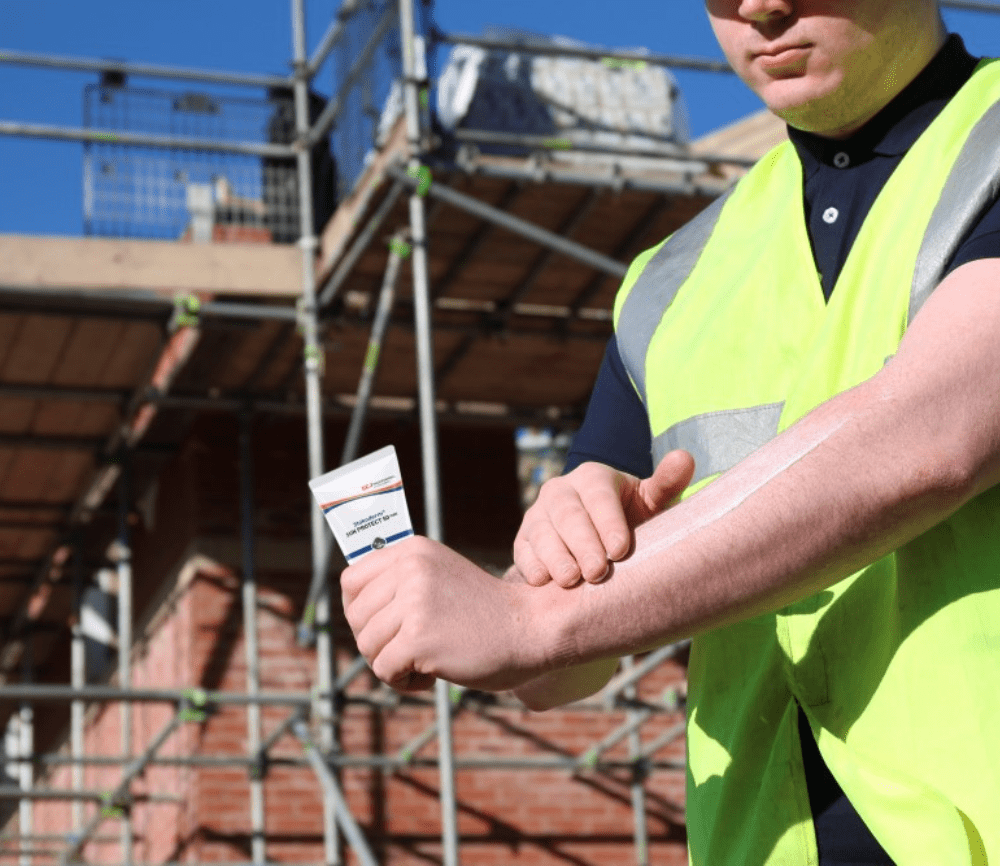

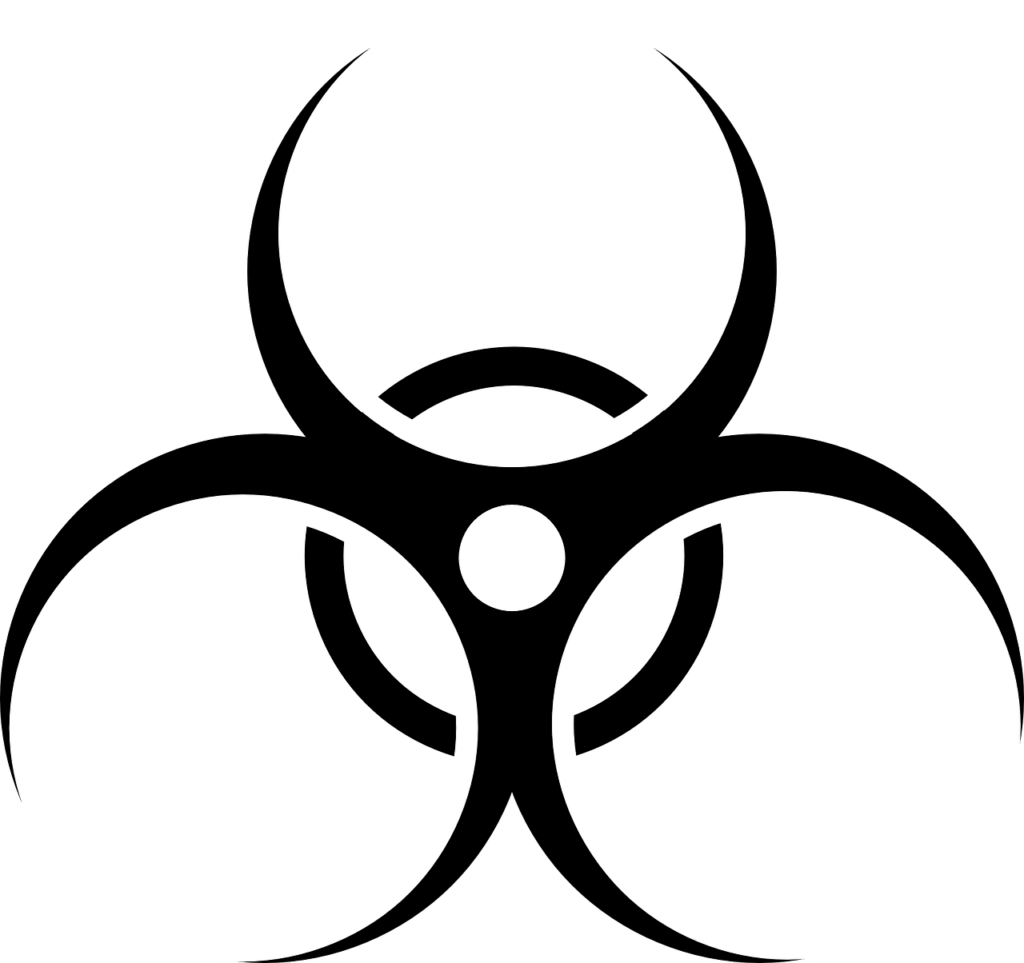
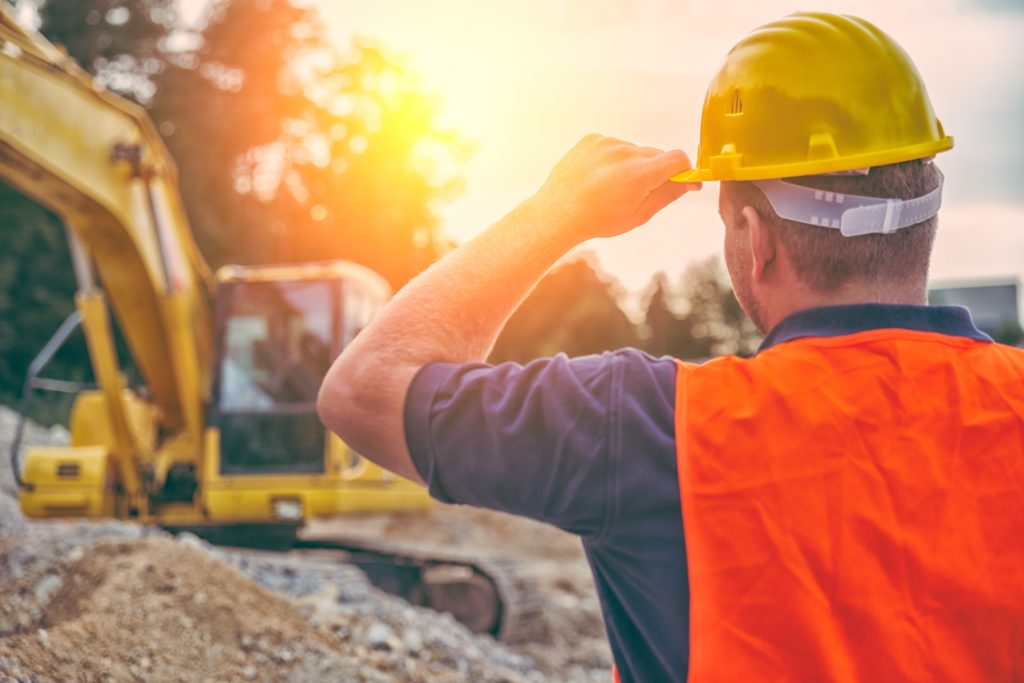

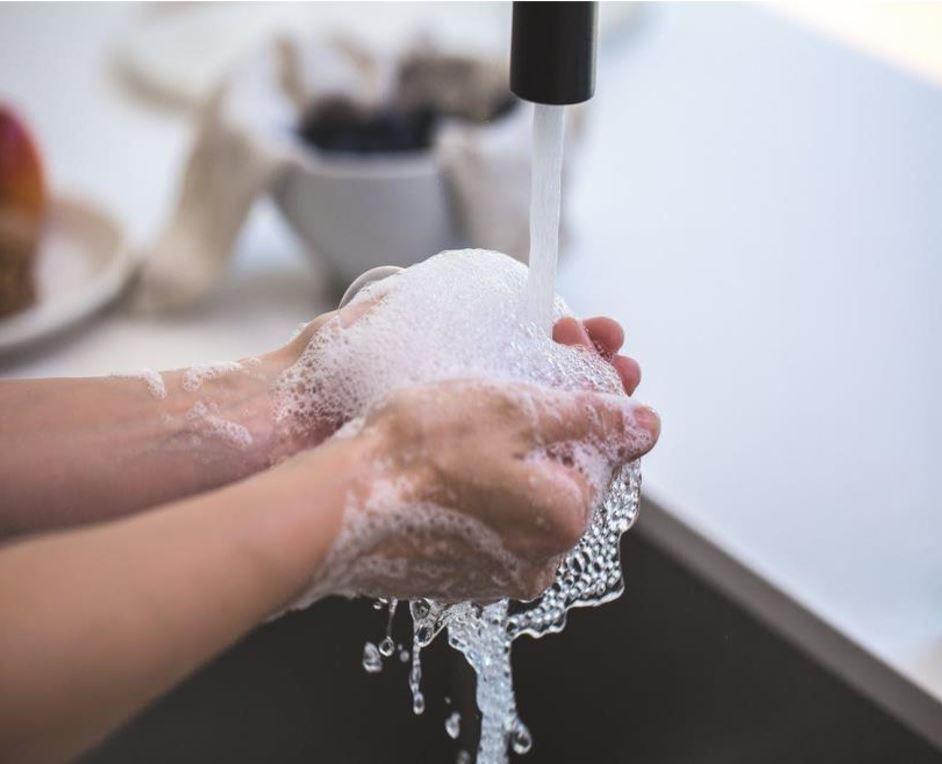
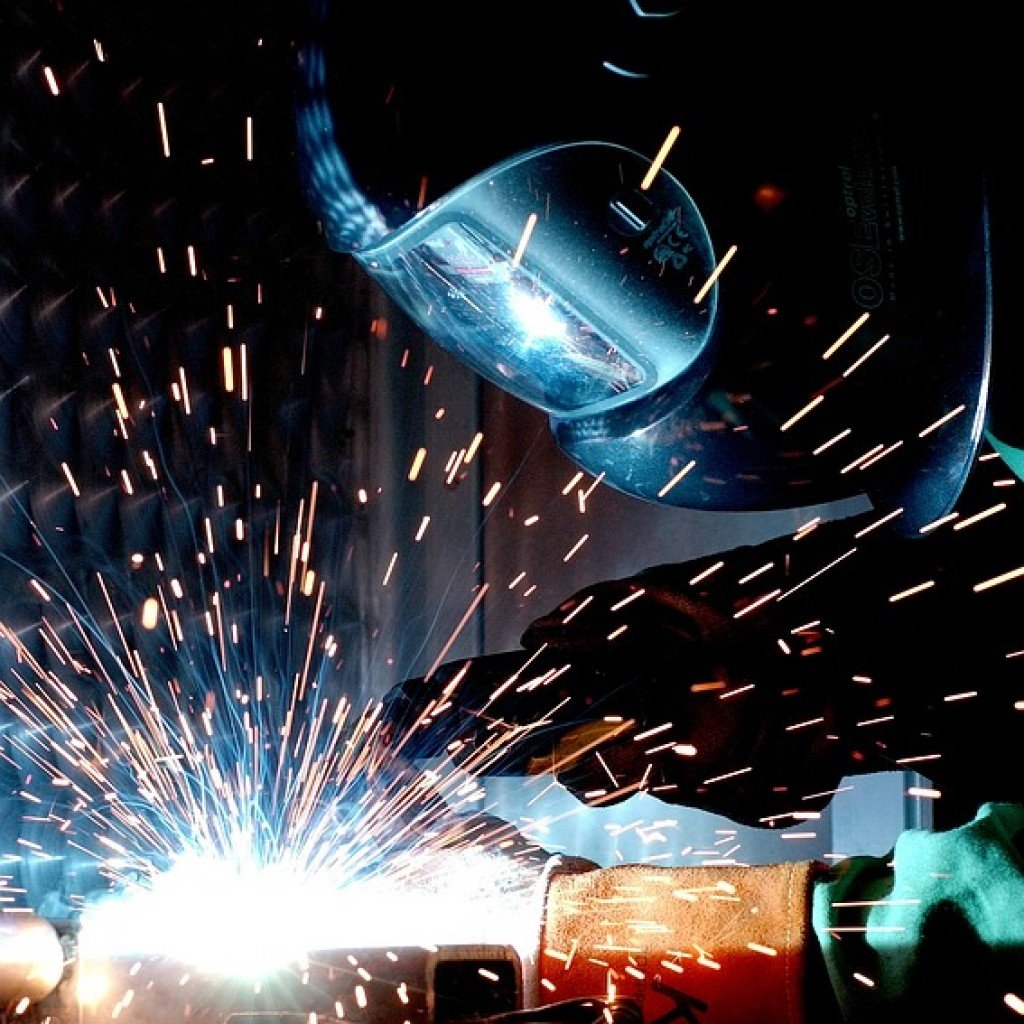
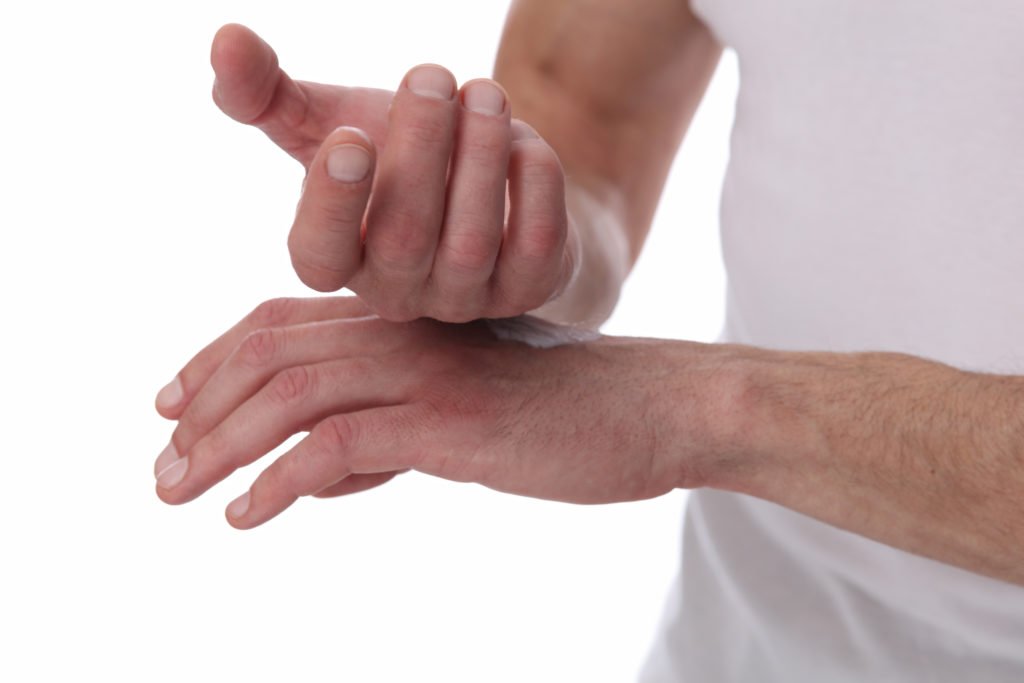
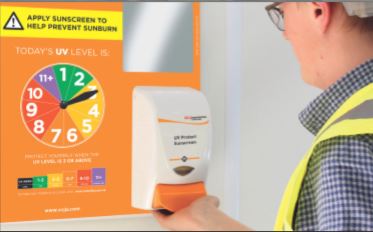

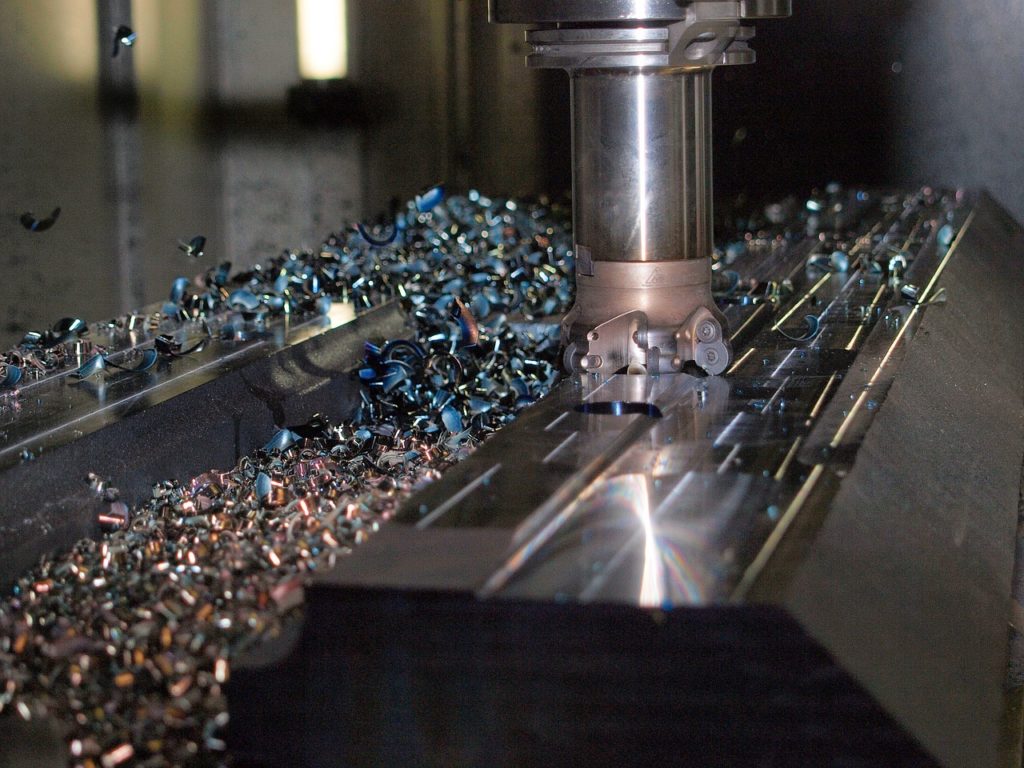
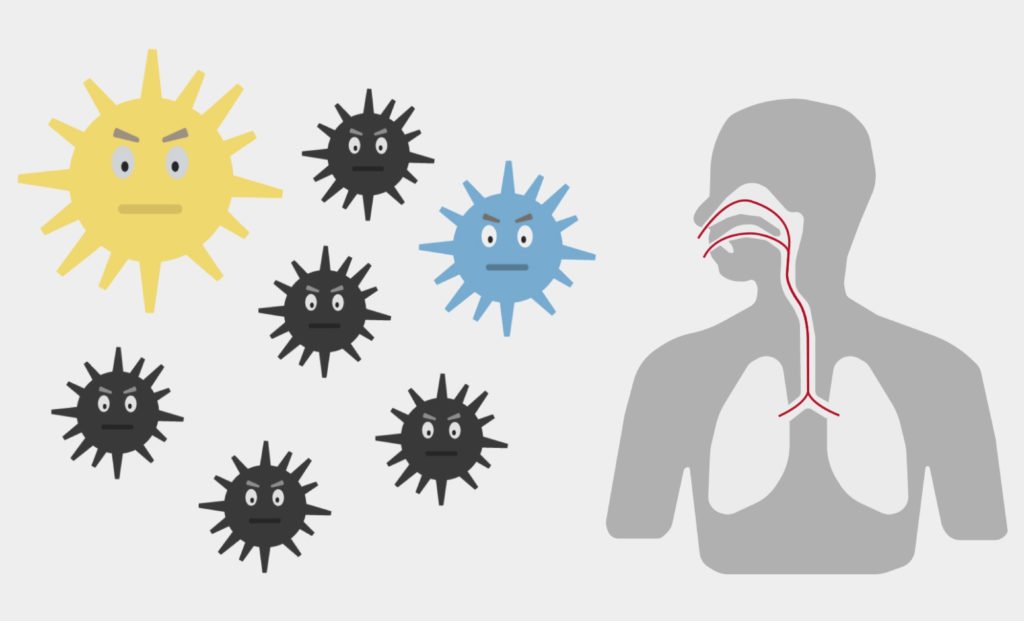
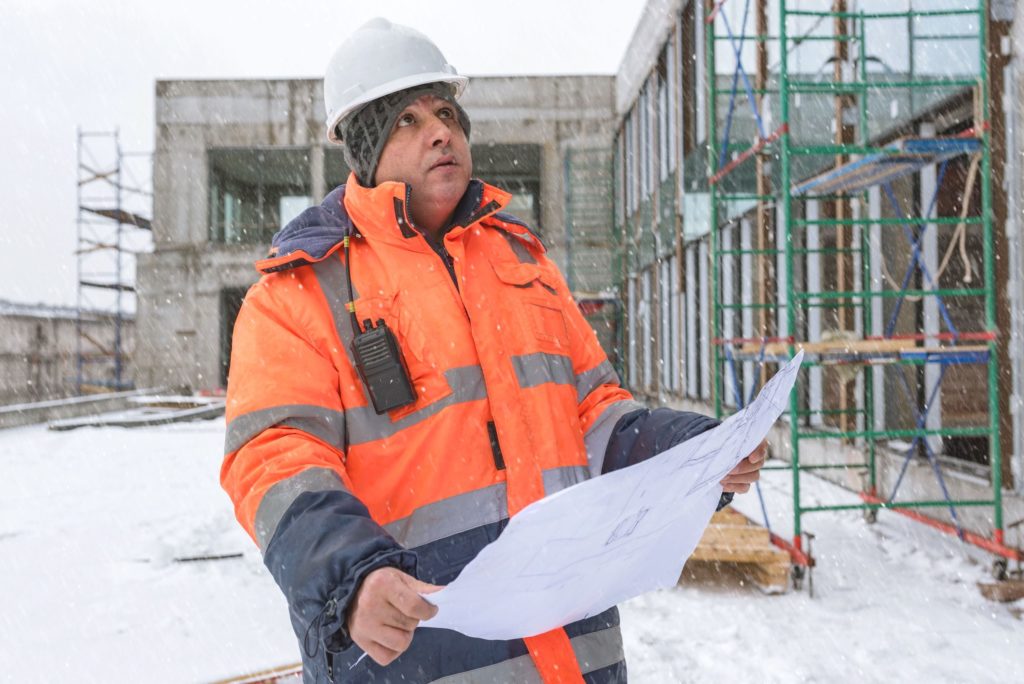
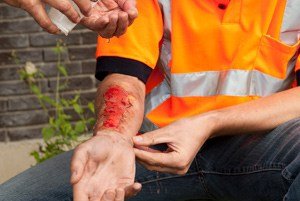
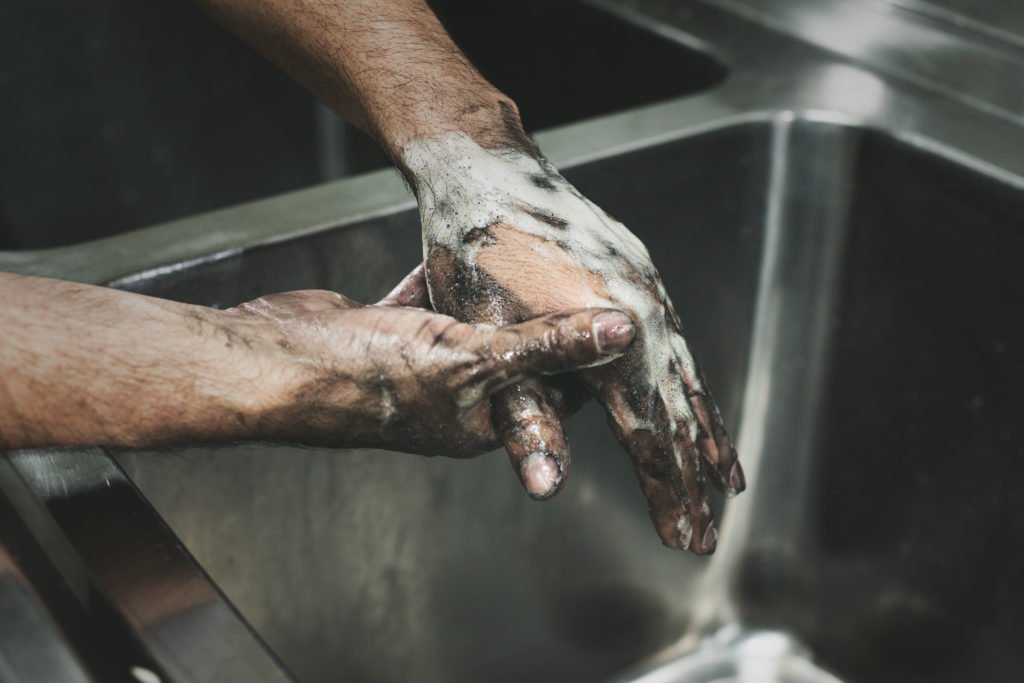
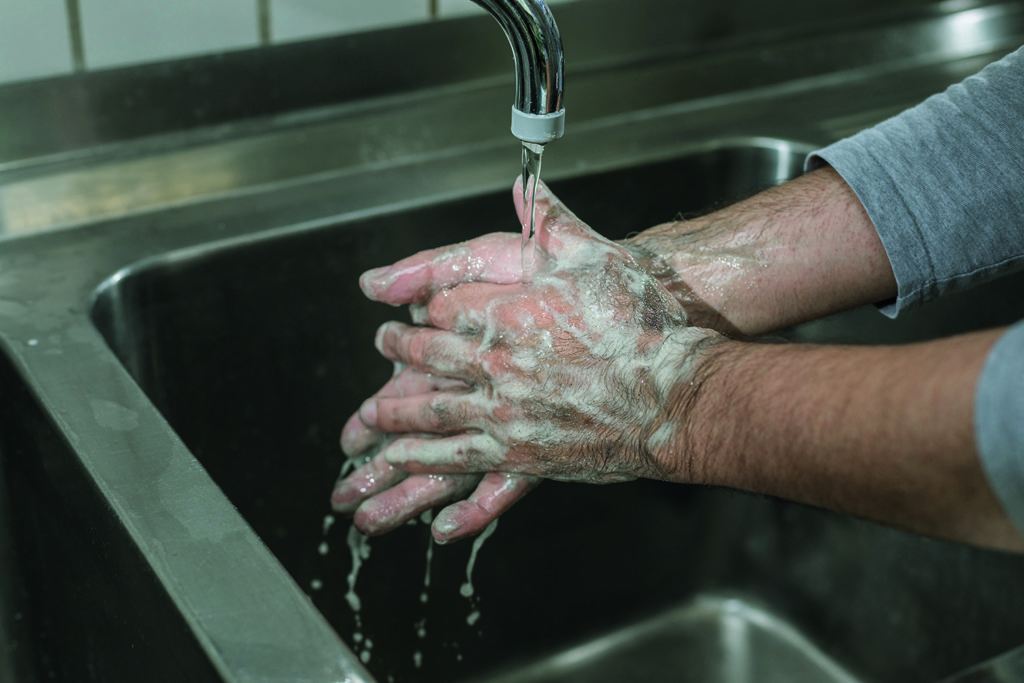

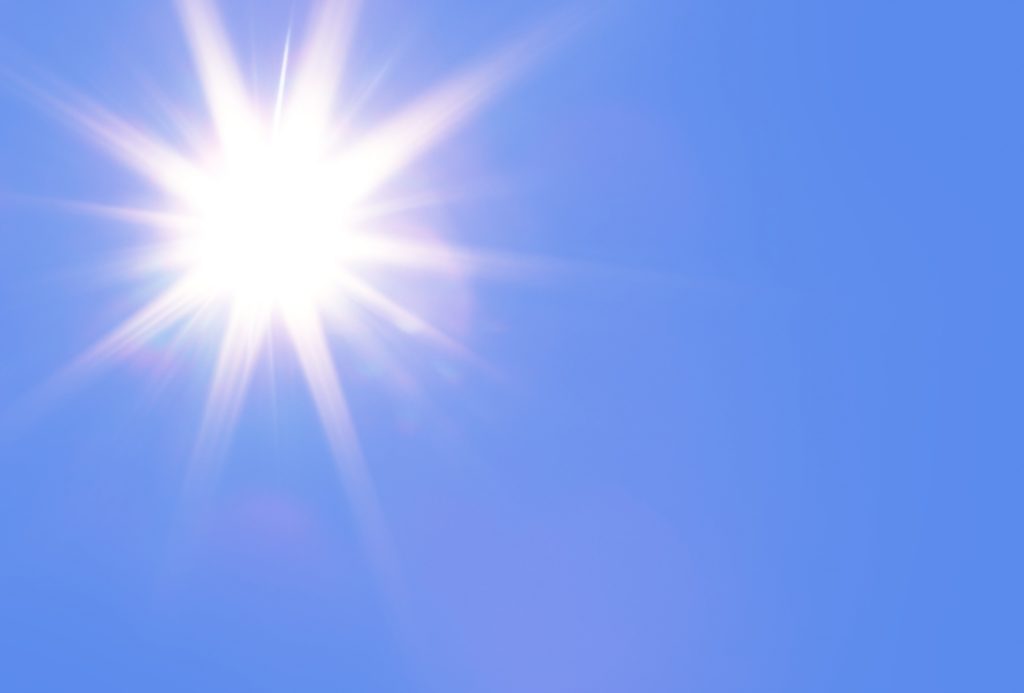
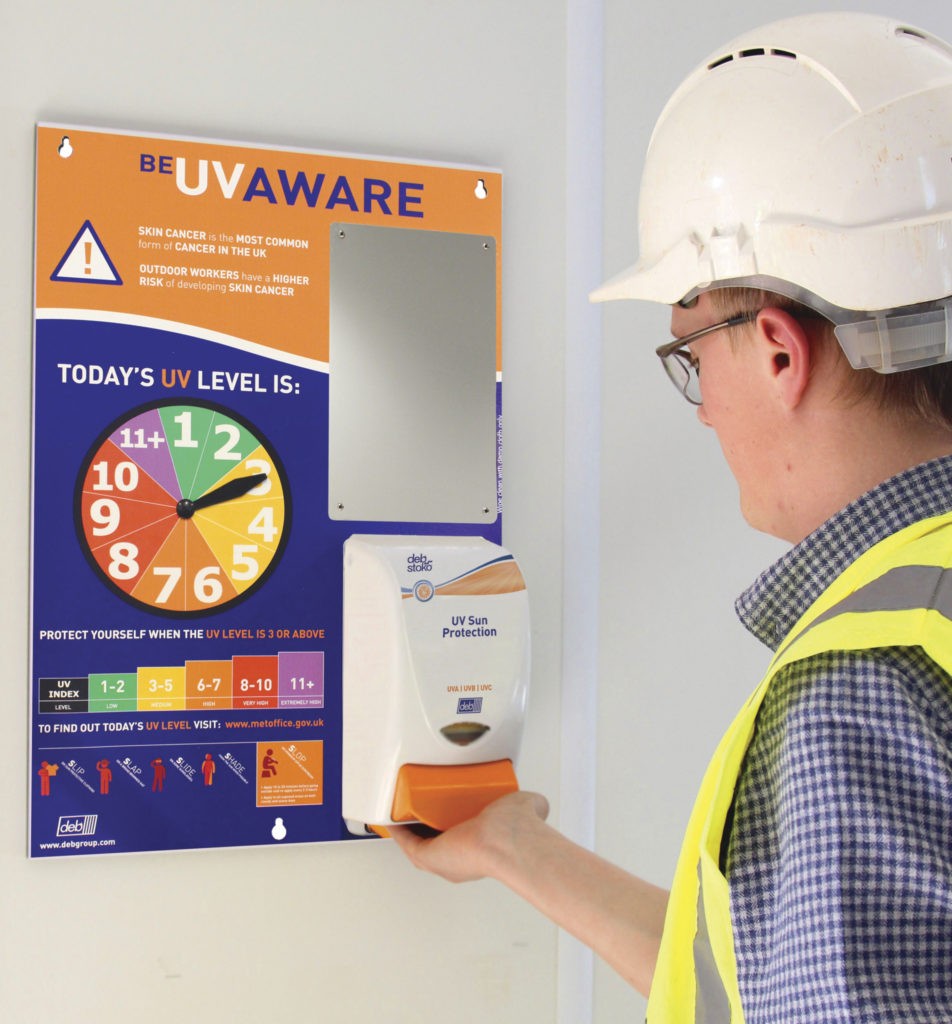

[…] Source link Health GlobAll News Volume Booster for Android […]
[…] “Why construction works need more than just a thick skin” SHPonline.com […]
[…] Sources: http://www.hss.com https://www.shponline.co.uk […]